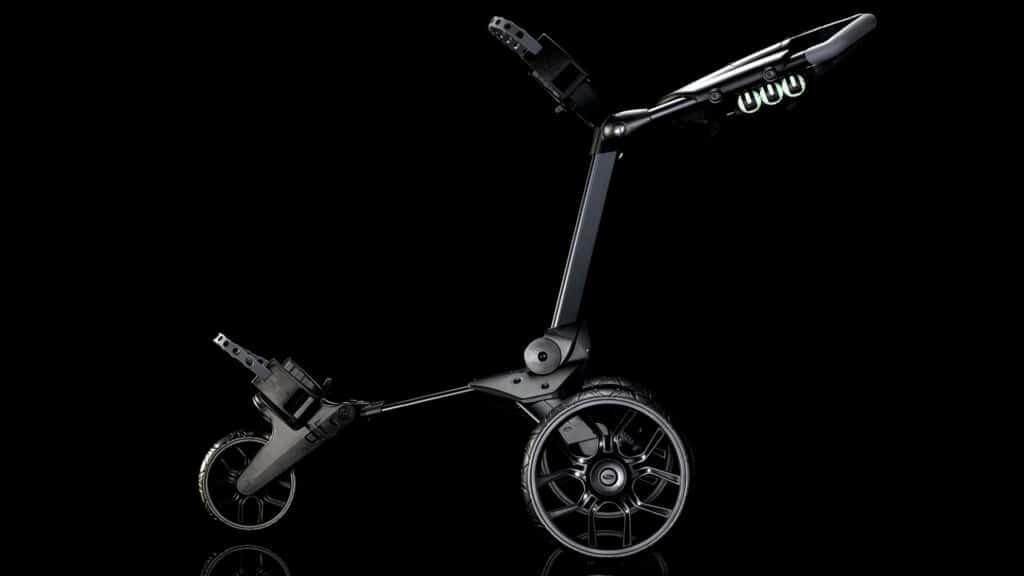In this post, I will share a story that illustrates the significance of keeping your product simple and avoiding adding unnecessary features. This anecdote will demonstrate the advantages of designing a Minimum Viable Product and how this can help avoid failure with new product development and launch.
It’s easy to fall into the trap of trying to create an overly ambitious product that does everything, and lots of our previous clients have fallen into this trap.
This story reveals how we encountered this issue with a pushchair design a few years ago. Initially, our prototypes were well-received at an international trade show and generated many orders from distributors worldwide, despite the product being relatively expensive.
Our client had successfully secured funding for the project through multiple rounds of investment and had arranged for the necessary tooling and manufacturing setup to commence.
However, they later decided to add more features to the product. They lost control of the costs, didn’t focus on their core USP and as a result ended up with a product that was 24% more expensive than the distributors and retailers had agreed upon.
Adding these features resulted in an overwhelming number of functions for the product, and an overwhelming amount of different marketing messages, increased product weight, all on top of an increased price point.
Our team disagreed with the client’s decision to add more features but could not convince them otherwise. As a result, six months later, most of the pre-orders were cancelled. Distributors wanted the original product they had seen at the trade show, at the lower price and without the extra features. This ultimately led to poor sales, financial loss and failure of the project.
The important lesson from this experience is to stick to a Minimum Viable Product approach. It’s crucial to gather feedback from the target market, distributors, and retailers and to listen to it. Additionally, it’s important not to overload the product with too many unique selling points, to take advice that will help reduce manufacturing costs while maintaining the core idea and to explore cost-effective off-the-shelf parts. The goal should be to create an excellent, durable, and appealing product with the minimum features necessary to be commercially successful and establish a foothold in the market.
One client who took this approach and succeeded was Mark Stewart, CEO of Stewart Golf, with their R1 Push Golf Trolley. To learn more about this success story, you can watch a video of Mark speaking about the process and see the case study.
Stewart Golf had a push golf trolley on the market but was not satisfied with the profit margins it was generating. They wanted to launch a new push trolley and approached us for help. They had already designed a folding mechanism and had experience designing similar systems, but they needed our expertise in product styling and ergonomics.
Our agency, D2M, understands that every project is unique and creates a tailored plan for each one. So, we took the time to understand Stewart Golf’s goals and aspirations for this new product development. They wanted a design that could be hand-assembled in the UK to reduce manufacturing costs, increase profit margins, and create a unique product that would open new doors with international distributors.
To achieve this, our team created beautiful concept designs, detailed CAD models, and several prototypes, each building on the last to improve the design. After a year of hard work, the new push trolley was launched and received critical acclaim. Most consumers don’t know that it took five different prototypes, multiple factory-made samples, and one of our team members on-site at the factory in China for six weeks to make it happen.
Despite the challenges, we remained focused on the core vision and avoided adding unnecessary or costly features that the target market didn’t want. As a result, the product sold well, the financial gains funded further NPD, and they subsequently launched two more successful products.
Are you prepared to begin your innovation journey?
If you’re ready to start your product development journey, submit your project for us to evaluate or contact us via email at [email protected]. We try to respond to all inquiries within 48 hours during business days.
We will keep your idea strictly confidential under our non-disclosure agreement. My team will gladly guide you through our process and determine if we can assist with your project.”
